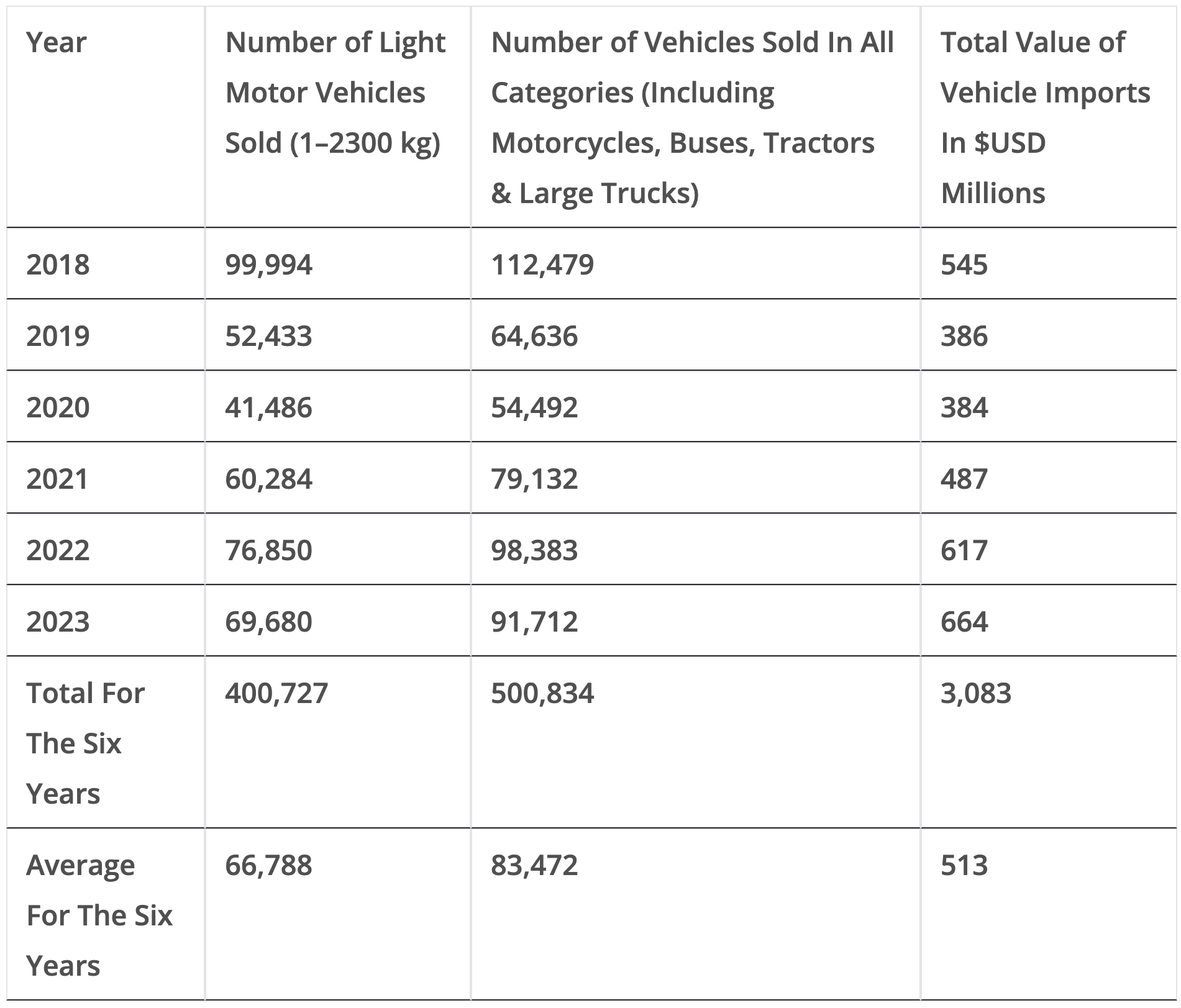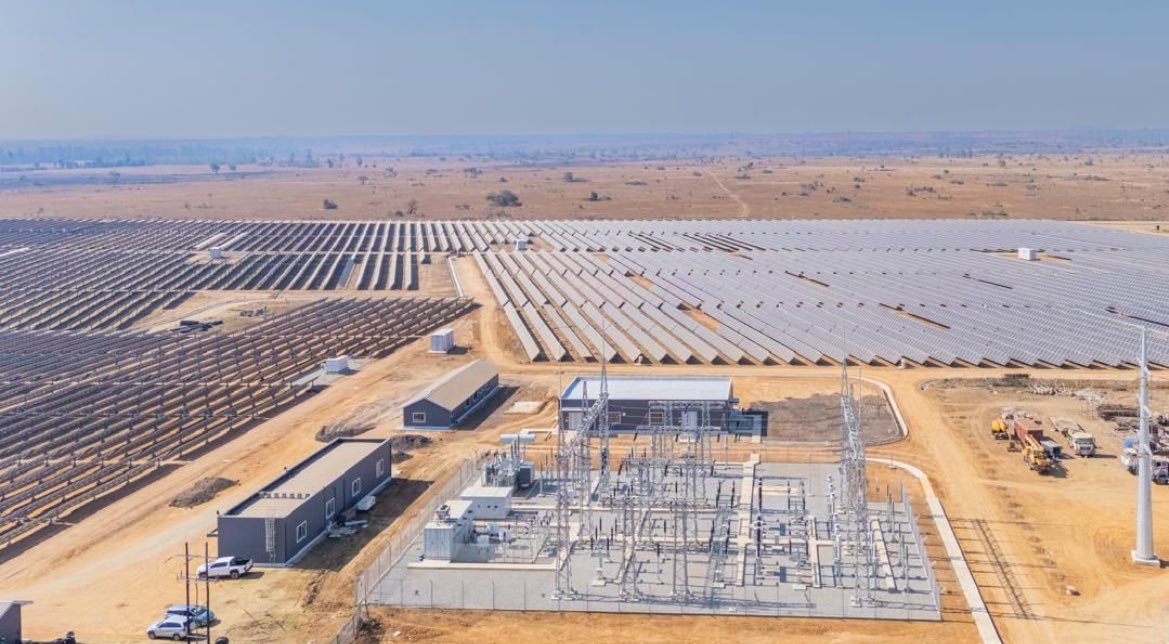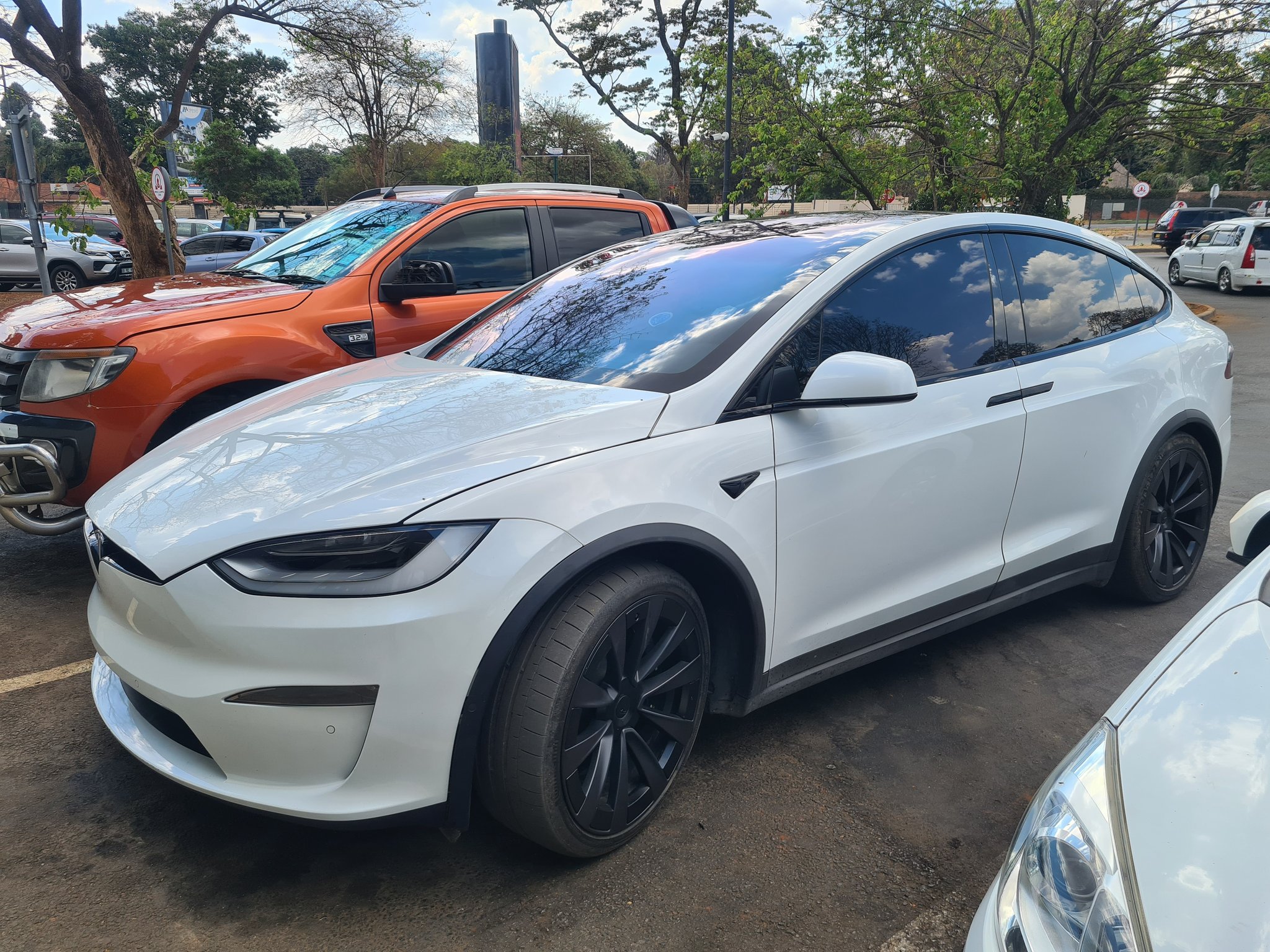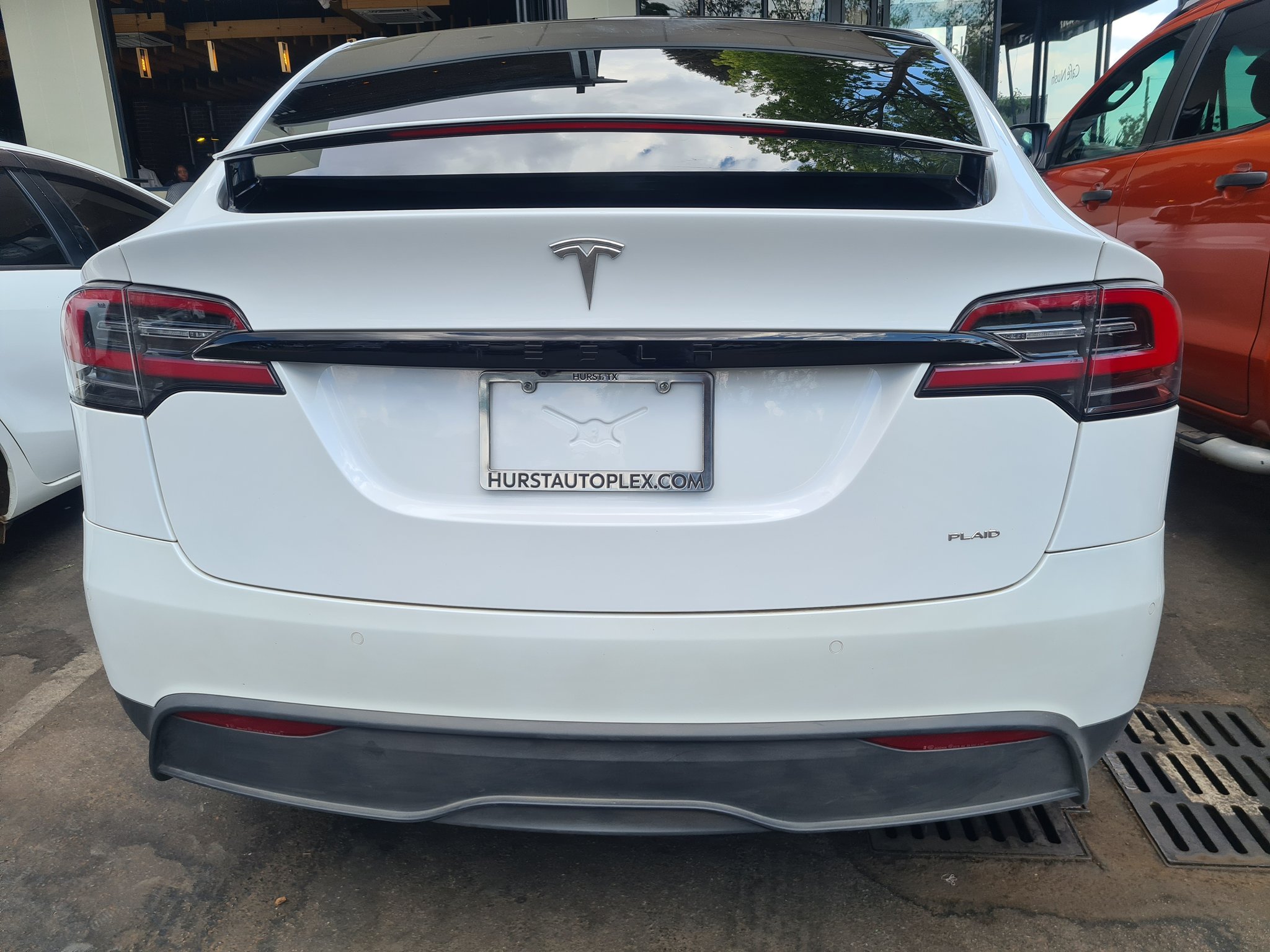
Sign up for daily news updates from CleanTechnica on email. Or follow us on Google News!
According to Zimbabwe’s Ministry of Finance and the national statistics agency Zimstat, in 2024, Zimbabwe’s merchandise imports were projected to reach $9.08 billion. On the other hand, exports were projected to be close to $7.4 billon. The means the trade deficit was estimated to be close to $1.7 billion. This is a lot of money for a small economy that has perennial foreign currency shortages. Trade deficits of this kind have been quite frequent over the years, and Zimbabwe really needs to start making plans to move to a more sustainable trade environment, ideally with a growing surplus.
Let us take a look at some of the major contributors to this import bill and see where import substitution initiatives can be pursued to cut the deficit. In 2023, the total fuel import bill was $1.58 billion ($951 million on diesel and $449 million on petrol, the rest on other fuels). That amounts to 18% of the total $8.66 billion import bill in 2023. In 2023, according to the Central Vehicle Registry, 91,712 motor vehicles were registered in that year, and the import bill for motor vehicles in 2023 was $664 million. That is about 8% of the 2023 import bill. The full figures for vehicle imports for 2024 are not yet available. However, official figures show that $514 million had already been spent on vehicle imports from January to September, with full year imports projected to hit $527 million.
About 95% of vehicles registered in Zimbabwe each year are used vehicles from Japan, the United Kingdom, and others. Looking at the numbers, it means that Zimbabwe spends over 25% of its import bill importing cars and fuelling them. In 2024, Zimbabwe’s fuel import bill was projected to hit $1.62 billion. For a country that imports all of its petrol and diesel, accelerating the adoption of electric vehicles can help reduce this import bill overall. Even if the country just starts by importing more electric vehicles, it means that instead of importing the vehicles and then also importing the fuel, you can offset some fuel imports through utilising locally generated electricity. As demand grows for electric vehicles, local assembly of these EVs could then be explored, creating further opportunities to use local components and cutting down on that large import bill. Here is a summary of the current vehicle import landscape:

Let us look at the light vehicle section (cars and small pickups). An average of 66,788 cars are imported and registered each year. Most of these are 8 year old cars from Japan such as the Honda Fit, Honda Vezel, Toyota Aqua, Probox, Wish, Mazda 6, CX-5, and similar vehicles. Zimbabwe reduced the import duty on electric vehicles from 40% to 25% starting from January 1 of this year. Hopefully, we will start to see more electric vehicles coming to Zimbabwe via the established source markets and channels. Most people in Zimbabwe cannot afford to buy a brand new vehicle due to several factors such as lower incomes than their peers in South Africa as well as the absence of affordable long-term vehicle financing services. Therefore, 8 year old cars from Japan are the go-to options, as these cars will now be at a price point most can afford to pay for in outright cash terms or via a short-term loan from their local bank in Zimbabwe.
The good news is that there is now a decent fleet of second generation Nissan LEAFs (40 kWh and 62 kWh) in Japan that can be bought in Japan for just over $11,000 (the 40 kWh version from 2017). After shipping and factoring in the new 25% import duty and 15% VAT, these cars can now be relatively accessible for consumers that would normally go for a petrol-powered 8 year old Mazda or Toyota. There is also a decent pool of used Teslas in Japan now for those consumers who would normally buy an 8 year old petrol powered BMW 3/5 Series or an 8 year old petrol powered Mercedes C/E Class. All of this shows that two of the biggest barriers have now been lowered — that is, affordability of EVs as well as availability of EVs from the traditional source markets. The good thing is there will not be any need to reinvent the wheel in terms of the supply chain. The same guys who source and ship 8 year old ICE cars from Japan can now just add more electric options to the mix using the existing channels. Therefore, the customer experience from the buyers’ perspective remains the same. They just use the same popular websites and same payment options to which they are accustomed.

On the country’s electricity import bill, Zimbabwe also spent $180 million on electricity imports in 2023. Electricity imports were projected to increase to $220 million in 2024. The $200 million spent annually on electricity imports from neighbouring countries in Southern Africa is due to the large electricity generation shortfall in Zimbabwe. Zimbabwe has an installed electricity generation capacity of close to 3,000 MW, but there is a huge problem. The Zimbabwe Power Company’s (ZPC) main thermal plants are incredibly old and keep breaking down. There were also three small coal power plants in Harare, Munyati, and Bulawayo that have installed capacities of at least 80 MW, but these were recently decommissioned, as it was no longer feasible to operate them. Then there are 920 MW of old coal-powered units 1 to 6 at Hwange where breakdowns are a major issue.
Unfortunately, over the past 6 years or so, lower than usual rainfall has resulted in the water levels at Kariba Dam falling to record low levels. This has forced the Zimbabwe Power Company to curtail electricity generation capacity at the country’s largest hydropower plant from 1,050 MW to about 125 MW. Encouraging the growth of small utility-scale solar plants as well as rooftop solar in the C&I sector, coupled with battery storage, can help Zimbabwe plug some of these generation gaps and ultimately reduce and in the medium term eliminate the electricity import bill. As the government and partners are also working on some new larger centralised plants for the long term, these private solar plants can help to bridge the gap until these new larger plants come online.
Let us zone in on the $200 million used on electricity imports each year, and combine it with an example of a locally funded model for new distributed generation. A new 25 MWp solar PV plant has just been built just outside Harare and is now feeding into the grid. Centragrid, an independent power producer licensed to own, finance, construct, and operate a 25 MW solar power plant and its associated transmission facilities in Nyabira, Zimbabwe, has recently completed the 25 MWp plant. The power plant is located at the 35 km mark along the Harare-Chirundu highway, and it is now feeding into the grid. Local pension funds such as NSSA, as well as investment arms of Old Mutual, helped make this project a reality. It is now the second largest utility-scale plant in Zimbabwe. A 25 MWp solar PV plant can now probably be constructed for about $20 million in this part of the world at current prices. This cost includes all the development, permitting, and construction costs up to the Commercial Operation Date (COD). $20 million? That means for the $200 million used on electricity imports each year, we can get 10 of these 25 MWp solar PV plants completed in less than a year. That means we can add 250 MWp of solar PV to Zimbabwe’s energy mix in a noticeably brief time.
This is a good example of how local resources can be harnessed to facilitate the development of more sustainable electricity generation. These plants can help offset imports of electricity, and coupled with distributed plants plus battery storage in the C&I, also help reduce the diesel import bill. The majority of factories and businesses use large backup diesel generators to ensure business continuity in an environment with frequent electricity rationing. As the prices of solar panels and batteries are now lower than ever, these will be useful in the quest to reduce operational expense for business and offer a much better value proposition than buying and servicing diesel generators and then continuously buying diesel to fuel them.


I’m sure some people will be curious after reading this article. Electricity shortages and electric cars? How is that going to work in Zimbabwe? Not to worry, we have several testimonies from EV owners in Zimbabwe. That is also one of the reasons I have been pushing for increased adoption of distributed renewables to plug the generation gap, as it is now quite easy to couple solar and EV charging even for fleets with several vehicles. There are also more people in the region who are starting to add solar at their homes and businesses specifically for EV charging. Here is an impressive video as an example from neighbouring South Africa where a logistics business runs delivery trucks that are charged 100% from onsite solar.
Solar panels and batteries keep getting cheaper and cheaper. The fleet of new and used EVs in major source markets is growing every day. Electric vehicles now have lower import duties than ICE vehicle in Zimbabwe. There has never been a better time for Zimbabweans to go solar and go electric!

Chip in a few dollars a month to help support independent cleantech coverage that helps to accelerate the cleantech revolution!
Have a tip for CleanTechnica? Want to advertise? Want to suggest a guest for our CleanTech Talk podcast? Contact us here.
Sign up for our daily newsletter for 15 new cleantech stories a day. Or sign up for our weekly one if daily is too frequent.
CleanTechnica uses affiliate links. See our policy here.
CleanTechnica’s Comment Policy




